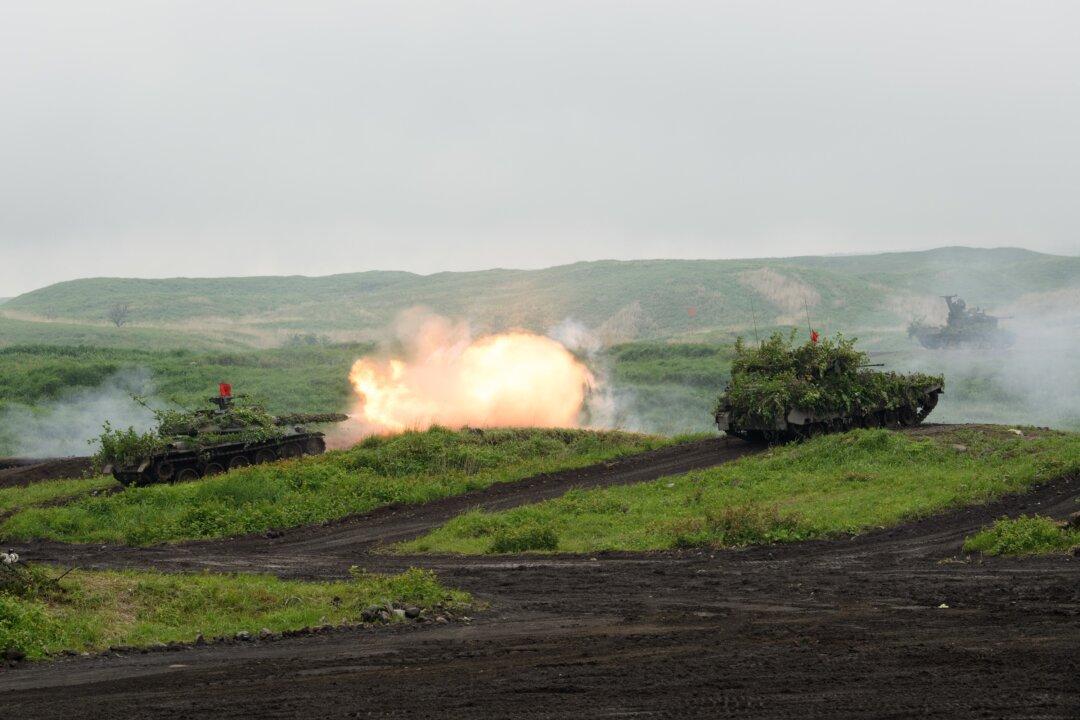Commentary
When considering Japan’s defense policy, particularly the speed at which it changes, it’s good to keep your wits about you.

When considering Japan’s defense policy, particularly the speed at which it changes, it’s good to keep your wits about you.